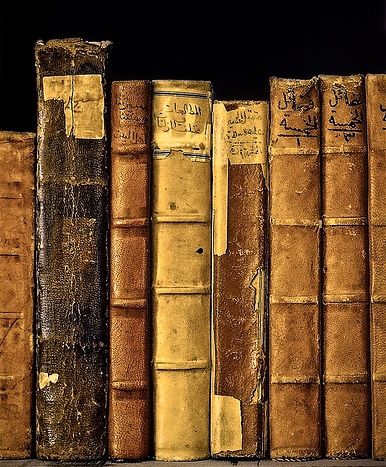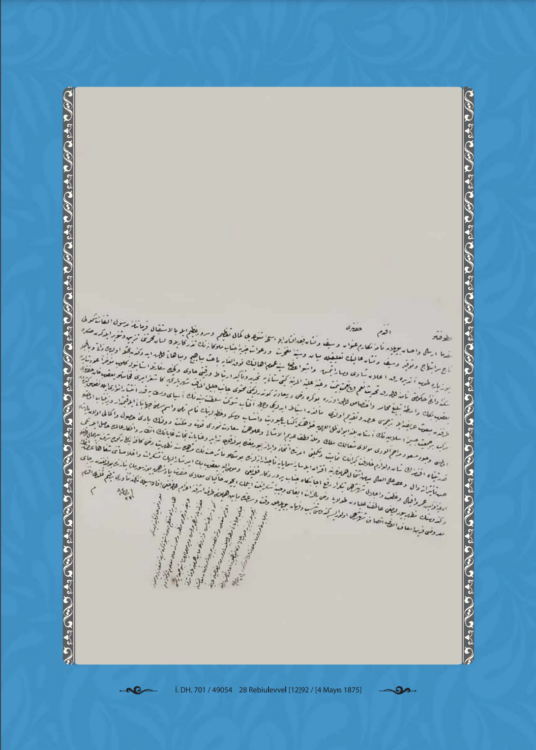
History:
According to the Islamic Association of China Uyghur language website,26 the Grand Mosque in the city of Kargilik, located between the Yarkand and Hotan, was built 466 years ago during the Yarkand Khanate. It is 4,762 square meters and can hold 10,000 worshippers within its walls and the square in front of it. A bazaar was historically located in front of the mosque, providing a place for trade and religious activity. This mosque also has protected status as a piece of cultural heritage and was the main landmark in the city. During his reign, Abdurashid Khan placed an emphasis on education and literature as well as developing water systems, roads and transport and strengthening the military and political institutions. One of his advisors was Muhammad Sherif Hoja, a well-known thinker who had studied in Samarkand. Due to its importance as a stop on the road between Hotan and Yarkand, Muhammad Sherif Hoja decided a mosque should be constructed in Kargilik, and the Sultan approved its construction in 1543 CE. According to local history, during its construction the wall facing the Qibla- the direction facing the Kaa’ba in Mecca- fell three times. When the 7 foundations were opened, a jar of gold and human remains were found. They belonged a mullah from the city of Hormuz in Iran, and he was given a proper burial in the mosque compound. The Sultan decreed that the gold would go towards the construction of the mosque. Expansions took place in 1883, with a madrasah added toward the north side on the advice of Mutulla Ali Mahunum, one of the most prominent Islamic scholars of the time. In 1936 under the leadership of Haji Shenjang, a Hui Muslim, the gatehouse was expanded, and 18-meter tall minarets were added, as well as glass windows and porches to the prayer hall. In 1986 donations from the community were gathered to again renovate and expand the building. Electricity and plumbing were added, and the gatehouse was rebuilt using colorful bricks in the Uyghur style with a five-meter high arch with verses from the Quran in Arabic and Uyghur calligraphy carved in gold
Alijan Hasan, researcher in Islamic culture, left the region in 2016 and is now living in the
Middle East. Interview conducted in May 2019.
The Kargilik Grand Mosque is over four centuries old and it is where the most famous Uyghur
religious leader, Ablikim Mahsum Hajim, taught his students in the 1980s. It is a historic mosque
that withstood the Cultural Revolution. It did not survive today’s repression.
Ablat Qarim Hajim, the preacher of this mosque, was detained in 2017. He died in custody and
later his body was sent to his family. The mosque was demolished in 2018. Qarim Hajim and
Mahsum Hajim are the longest serving religious leaders of Kargilik Grand Mosque. Qari Hajim was selected by the government and graduated from the state-controlled Islamic school in
Kashgar. He held a diploma given to him by the government and was made unwelcome by some
Uyghur Muslims because of his “red activism.”
The destruction of this mosque and the tragic ending of this Imam, who was trusted and
decorated by the Chinese Communist Party, shows the kind of a horrific reality dominating the
Uyghur region. The Kargilik Grand Mosque was not only one of the most famous religious
centers in the region, but it was also an example of the unique Uyghur historical architecture. It
was also named a protected historic site by the government. Now they have destroyed a piece of
history.
I stopped and prayed at this historic mosque every time I traveled from Kashgar to Hotan or from
Barchuq to Guma. The busy market in front of the mosque attracted people to stay longer.
Traditional hand carvings in colorful paint on the mosque gate, columns and ceilings, the parasol
trees in the mosque yard and the songs of the birds made a beautiful scene. Kargilik Grand
Mosque reminds me of all the wonderful experiences in my life while in my homeland. I felt like
it was literally demolished in front of my eyes when I saw its disappearance on Google Earth. It
made me upset because the Chinese government removed our history and culture.



